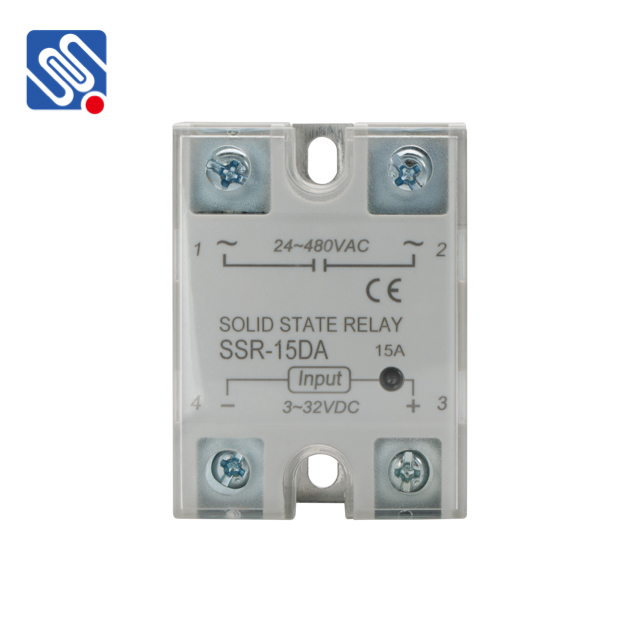In the world of electrical engineering and automation, relays play a critical role as they act as electrical switches, enabling devices to control larger currents and voltages with smaller electrical signals. A relay is designed to provide the necessary connection or disconnection in a circuit, allowing devices to perform their designated tasks. However, like any mechanical and electrical component, relays have a limited lifespan. Understanding the factors that affect relay lifespan is vital for improving the longevity and reliability of systems that rely on them.

What is Relay Lifespan? Relay lifespan refers to the period a relay can function reliably under specific conditions. It encompasses both the mechanical lifespan—how many times the relay can open or close its contacts—and the electrical lifespan—how long the relay can operate under an electrical load without suffering performance degradation. These two aspects determine the overall reliability of the relay in a system. Mechanical vs. Electrical Lifespan The mechanical lifespan of a relay pertains to the number of operations its moving parts (such as the armature) can endure. This is often quantified in terms of the number of mechanical cycles, or operations, a relay can undergo before its mechanical components begin to degrade. A typical mechanical lifespan can range from several million to tens of millions of cycles, depending on the quality of the relay and the operating environment.